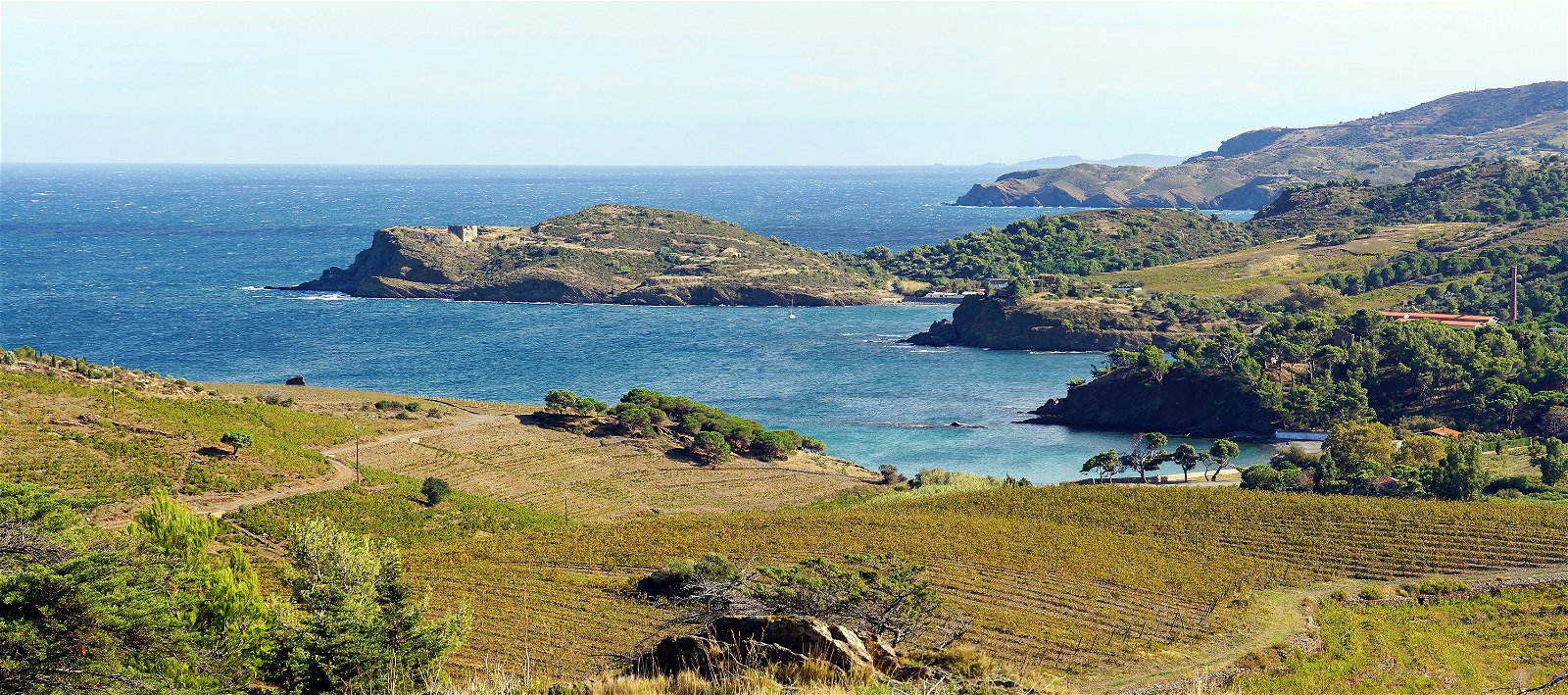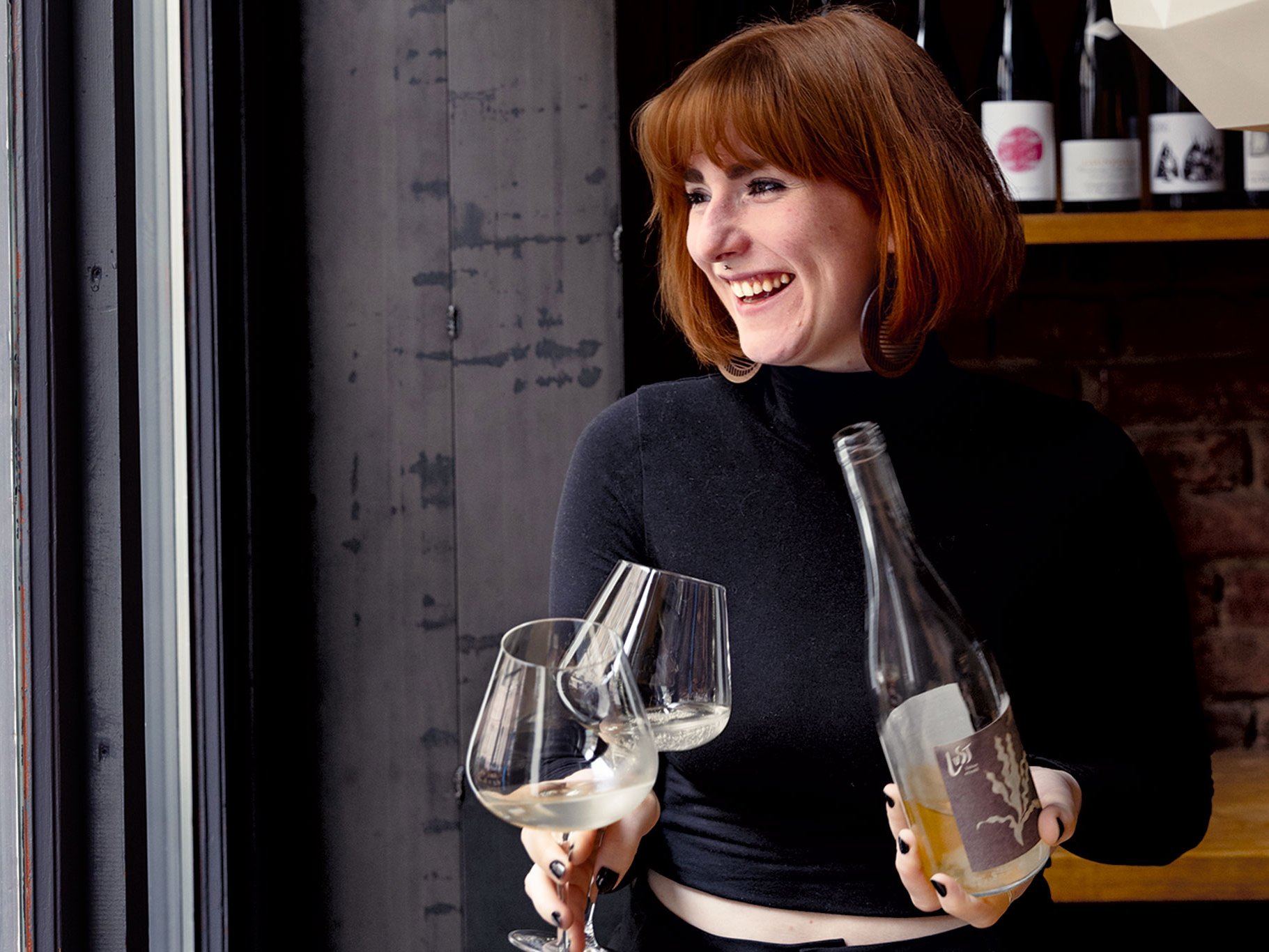Today, Languedoc-Roussillon is by far the largest wine growing region in France, with a good 280,000 hectares. As far as the Languedoc is concerned, it is not only a beautiful cultural landscape, but also one of the most important historical regions of the country. Until the Middle Ages, the area was called Occitania almost to the Spanish border and was a region with its own language and culture, the name testifies to this (Languedoc = the language of Oc). A devastating crusade, born of an alliance between the French king and the pope, drastically persecuted the locals and almost completely destroyed their culture. Wine has been grown in Languedoc-Roussillon for 3000 years, long before the rule of the Romans. It was of little interest to the French. It was not until the Canal du Midi was built from the Mediterranean to Bordeaux that a lively trade began, especially with the Gironde, as Bordelais producers tried to use the strong and intensely coloured red wines of the Languedoc to considerably improve their own, which had the tendency to be sometimes somewhat thin wines. Until about 20 years ago, the region was known for inexpensive mass-produced wines. In the meantime, however, not only local producers bring highly interesting wines to the market, but also dropouts and career changers have settled here and invested massively. International "flying winemakers" are also very interested in this area. The climate is warm and dry, and Languedoc-Roussillon can score with an incredible variety of terroirs. Wines with the controlled provenance AOP are marketed as a blend of Grenache, Syrah, Mourvèdre, Cinsault and Carignan. Wines made from international varieties such as Cabernet Sauvignon, Merlot & Co are classified as IGP (Indication géographique protégée). The best wines of Roussillon come from the so-called Côtes du Roussillon-Villages.













